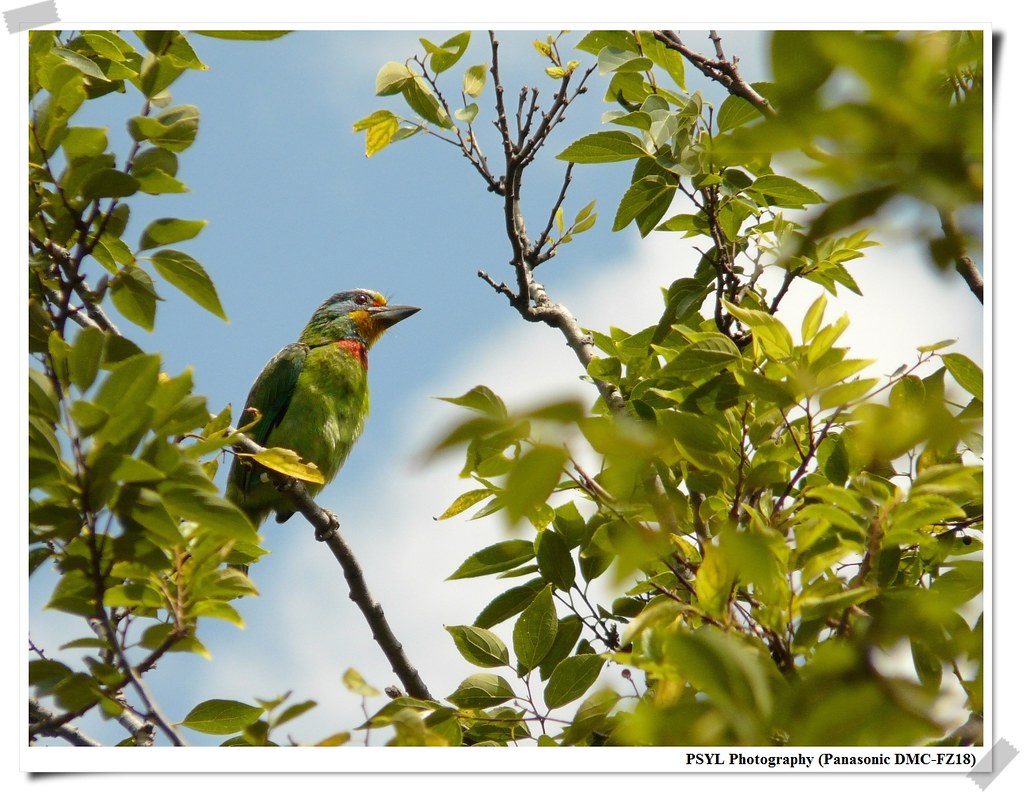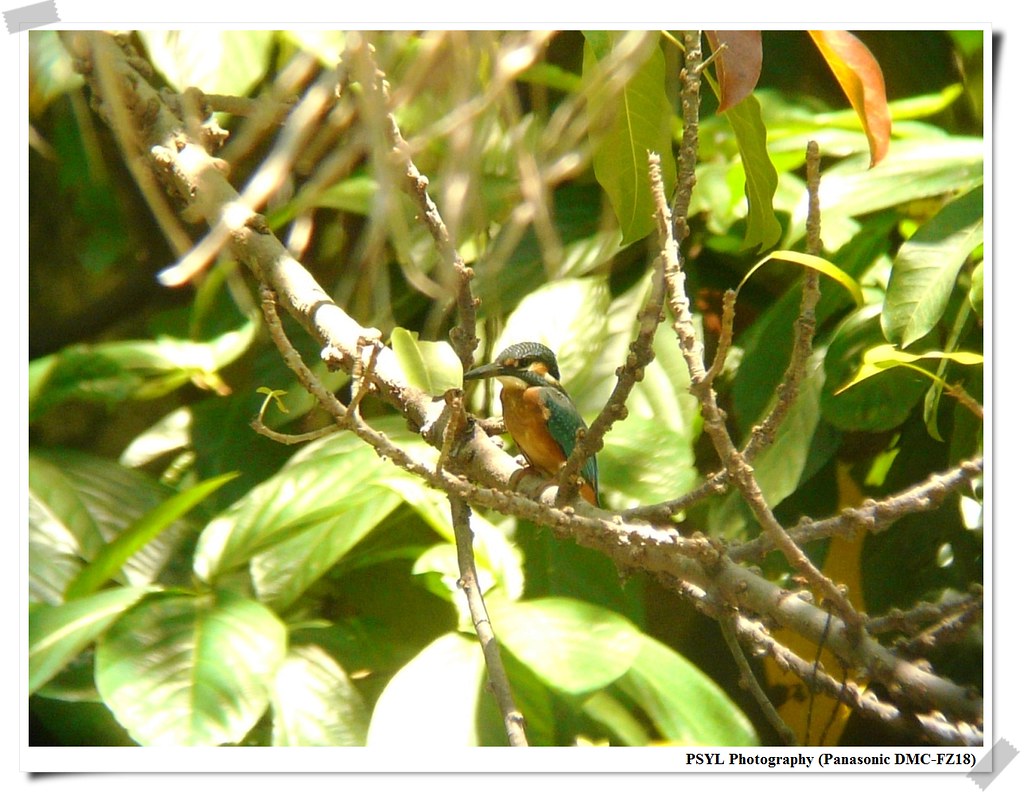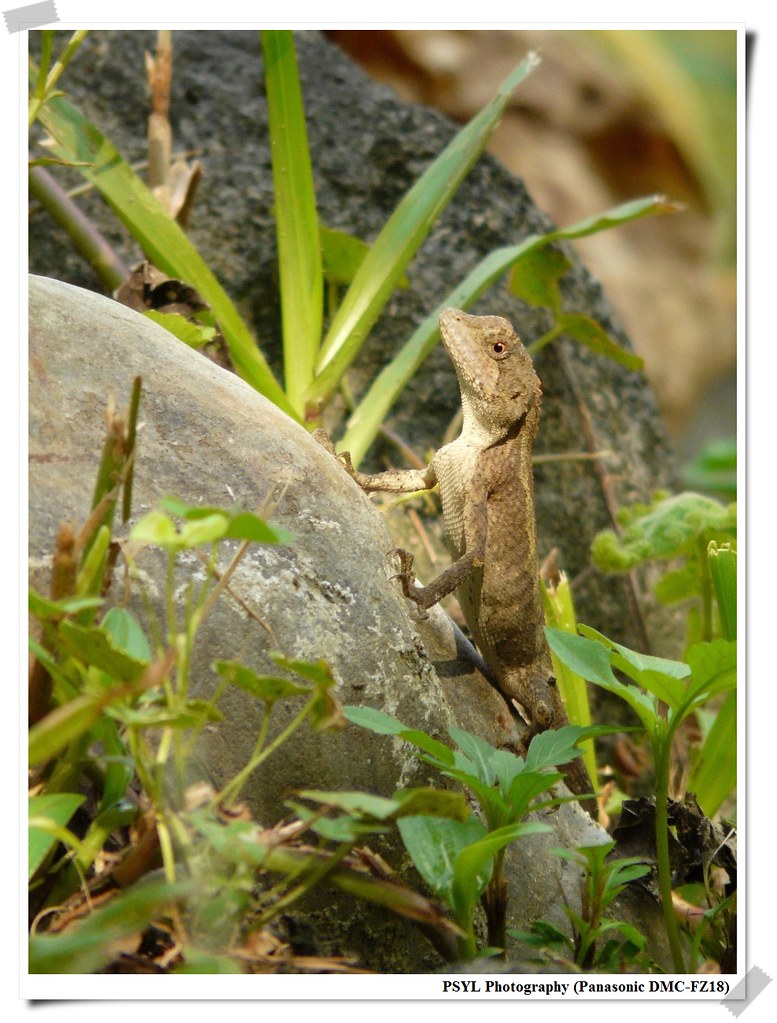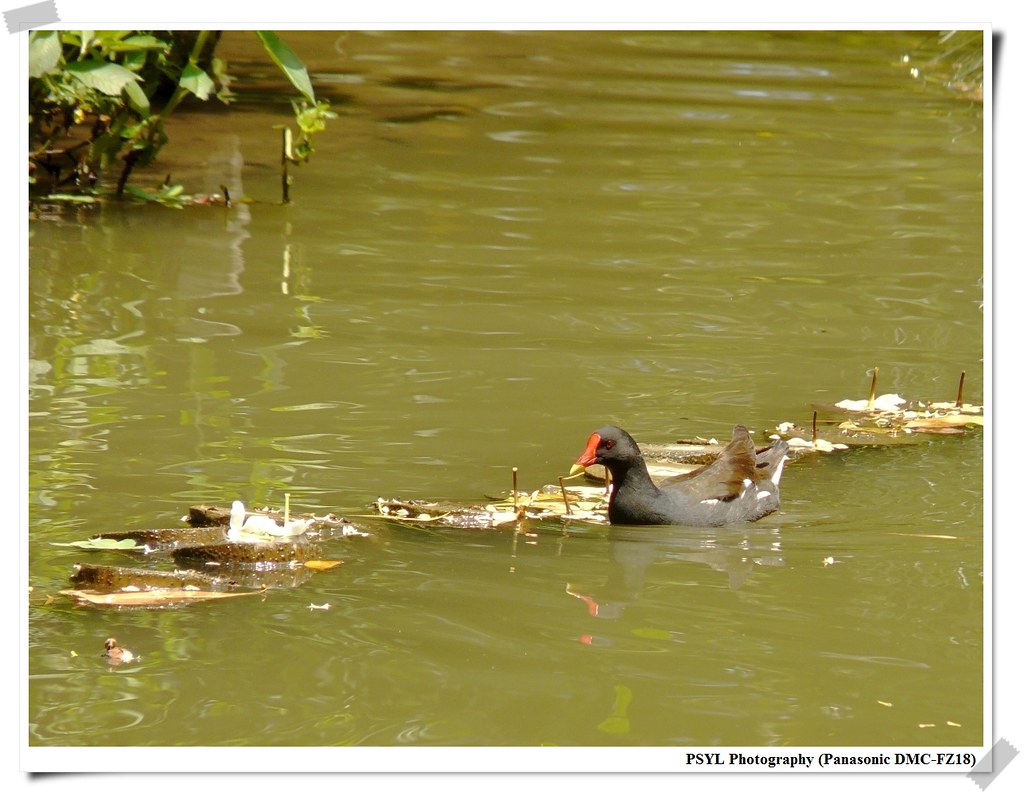 The female barbet incubating her egg(s). There are currently two eggs in this nest. The average number is 3, so we will be checking tomorrow to see if another egg has been laid.
The female barbet incubating her egg(s). There are currently two eggs in this nest. The average number is 3, so we will be checking tomorrow to see if another egg has been laid.
Mother barbet taking a break from incubating inside the hot nest cavity.
As usual, beautiful images can be captured all around me if you're just patient and observant enough.

Common Kingfisher. I love Kingfishers!
There has been several cases in the botanical garden where strange things happen to nesting birds, including the nests, eggs, nestlings, and even the adults themselves. One primary suspect is humans, particulary bird-selling merchants. However, there has been no evidences to support this speculation. Other suspects include rodents (rats and squirrels), stray cats, lizards, and snakes.
Working on one suspect at a time, the research assistants and I decided to do a simple and short rodent survey in the botanical garden to see if there are presence of rats in the garden (because we already know the presence of squirrels and their impacts).
Working on one suspect at a time, the research assistants and I decided to do a simple and short rodent survey in the botanical garden to see if there are presence of rats in the garden (because we already know the presence of squirrels and their impacts).
 We set up 20 trapping cages baited with sweet yams covered with peanut butter along the boardwalks of TBG. We will be checking the cages tomorrow to see if there are any catches. I am quite excited to see the results tomorrow since I guessed 7 out of 20 will have something in it.
We set up 20 trapping cages baited with sweet yams covered with peanut butter along the boardwalks of TBG. We will be checking the cages tomorrow to see if there are any catches. I am quite excited to see the results tomorrow since I guessed 7 out of 20 will have something in it.While placing the cages (which caused quite a curious crowd around us), the chief security guard informed us of another injured bird found in the garden. This time it is a Black Bulbul with an injured belly. We put some disinfectants on it and gave it some food for the night. We'll be contact the bird rescue society tomorrow regarding our newest find.



No comments:
Post a Comment